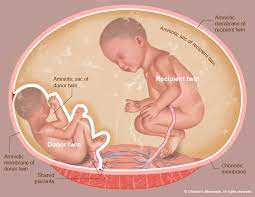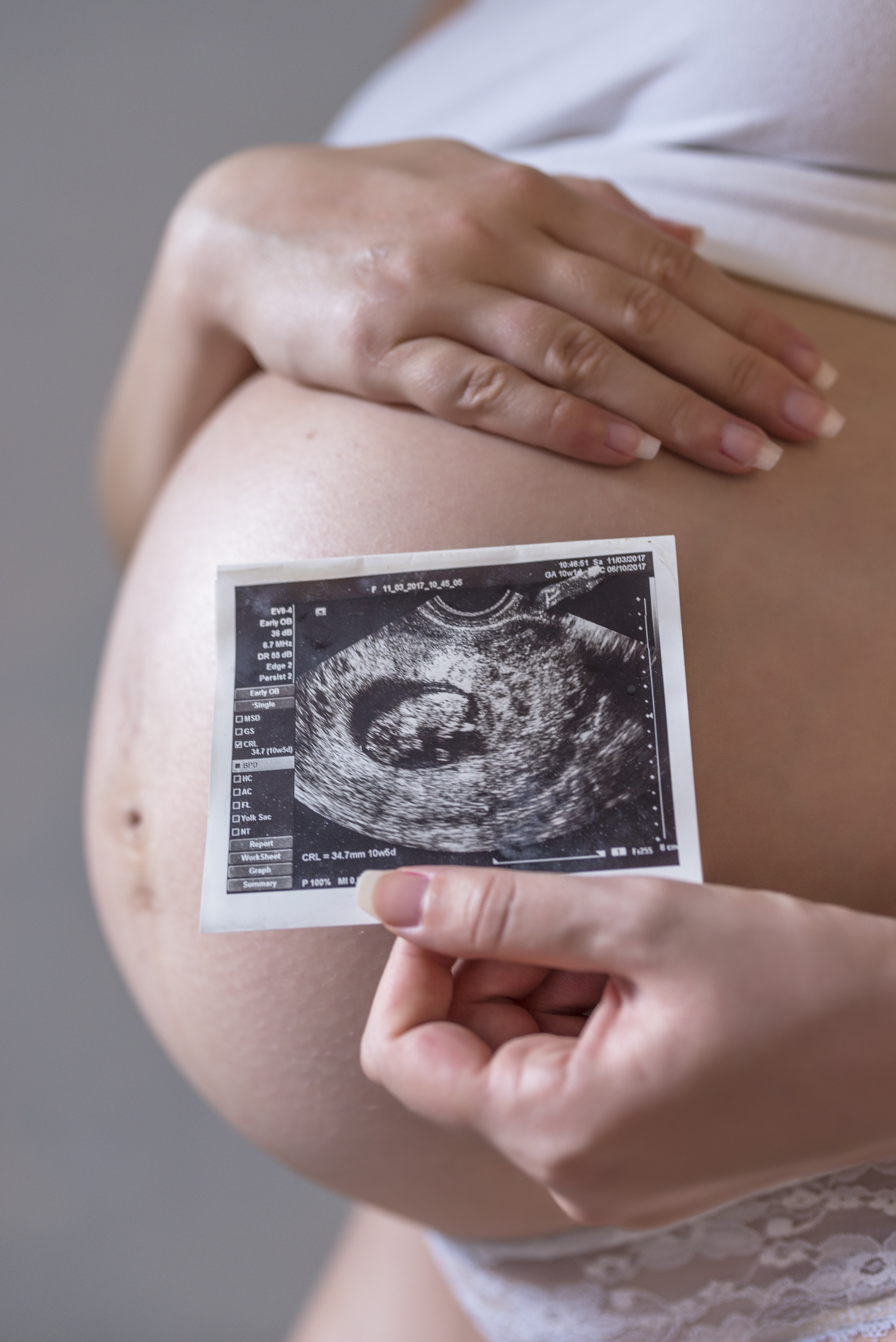Definition
Shoulder dystocia is a condition where one or both of the baby's shoulders get stuck in the mother's pelvis during childbirth. The term dystocia is derived from the Greek words "dys" meaning difficult, and "tokos" meaning childbirth. Shoulder dystocia was first identified in 1730.
This condition is a complication of labor that often occurs due to obstructed labor. Obstructed labor refers to a labor process that, due to some obstruction, takes longer than usual.
For first-time mothers, labor, which should take between 12 and 18 hours, is considered obstructed if there is no progress for 20 hours or more. For mothers who have given birth before, labor is considered obstructed if it lasts around 14 hours, whereas the normal duration is between 6 and 9 hours.
According to the American College of Obstetricians and Gynecologists (ACOG) and the Royal College of Obstetricians and Gynecologists (RCOG), the incidence of new cases of shoulder dystocia ranges from 0.2-3% and 0.58-0.70% of all deliveries, respectively. Shoulder dystocia is an emergency condition, although most babies can be delivered safely. However, if not properly managed, it can cause serious complications for both the mother and the baby.
Causes
Essentially, shoulder dystocia occurs due to the baby's shoulders getting stuck in the mother's pelvis. Here are the three main causes of shoulder dystocia:
- Passage (birth canal): A narrow birth canal can cause shoulder dystocia. Typically, a mother's pelvis with a normal birth canal can deliver a baby weighing around 3 kilograms.
- Passenger (baby): If the birth canal is not problematic, shoulder dystocia can occur due to the baby's size. Babies weighing more than 3.5 kilograms may not be able to be delivered vaginally. In such cases, a cesarean section may be necessary to reduce the risk of shoulder dystocia.
- Power (force): Power refers to the mother's strength during labor. Mothers with low strength can be helped by administering oxytocin through an IV drip. This hormone helps increase or strengthen uterine contractions, aiding the labor process.
Therefore, pregnant women are advised to prepare themselves as best as possible before labor, including consuming nutritious food and avoiding unnecessary strain to conserve energy for childbirth.
Risk Factor
The following factors can increase the risk of obstructed labor, which indirectly increases the risk of shoulder dystocia:
- Macrosomia (baby weighing more than 4 kilograms)
- Diabetes before or during pregnancy
- History of shoulder dystocia in previous deliveries
- Obesity
- Multiple pregnancies
- Mother's height less than 150 cm
- Pregnancy beyond 41 weeks
- Mother's age over 35 years at the time of delivery
- Cervical abnormalities making it difficult for the cervix to open
- Tumors in the pelvic area
- Breech position (feet first)
- Use of pain medications affecting uterine contractions
Symptoms
There are no specific symptoms of shoulder dystocia, nor is there a way to predict it except during labor. Doctors or midwives will recognize shoulder dystocia when the baby's shoulders get stuck and fail to pass through the pelvis.
Shoulder dystocia is often recognized by the baby's head retracting into the pelvis during labor, known as the turtle sign, resembling a turtle's head retracting into its shell.
Therefore, in order to identify risk factors for dystocia early on, it is recommended that mothers have regular prenatal checkups. This will educate the mother about shoulder dystocia before the birthing process.
Diagnosis
The doctor or midwife will carry out these examinations during the birth process:
- The strength of uterine contractions
- The frequency of uterine contractions
The doctor will then use tools such as Electric Fetal Monitoring (EFM) to monitor the baby's heartbeat and an Intrauterine Pressure Catheter (IUPC) to assess the strength and frequency of contractions. A doctor or birth midwife can also diagnose shoulder dystocia if they find the following factors during delivery, which are:
- The baby's head is out, but the mother is having difficulty releasing the baby's shoulders for a while.
- There was no sign of labor progressing one minute after the baby's head emerged.
- Intervention is necessary for the birth of the baby
Management
A cesarean section is usually the last option and will be scheduled if the doctor identifies risk factors for shoulder dystocia, such as diabetes or macrosomia. However, if no risk factors are recognized, doctors and midwives will:
- Apply pressure on the mother's abdomen
- Manually rotate the baby's shoulders
- Instruct the mother to bring her knees to her chest
- Perform an episiotomy (cutting the tissue between the vaginal opening and anus) to create more space for the baby
- Use forceps to help extract the baby
- Administer additional oxytocin hormone to strengthen uterine contractions
Complications
Complications of shoulder dystocia can affect both the mother and the baby.
Maternal complications:
- Heavy bleeding after childbirth
- Birth canal tears
- Rectovaginal fistula (abnormal connection between the rectum and vagina)
- Uterine rupture
- Pelvic bone fractures
Fetal complications:
- Brachial plexus injury causing weakness or paralysis in the arm
- Fractured collarbone or upper arm
- Horner's syndrome (nerve damage affecting the face)
- Umbilical cord compression, reducing oxygen supply to the baby
Prevention
While shoulder dystocia is difficult to prevent, the following measures can help reduce its risk:
- Control blood sugar during pregnancy
- Maintain a healthy weight during pregnancy
- Eat a nutritious diet
- Exercise moderately to keep the fetus in an optimal position
- Discuss delivery methods with your doctor or midwife
- Prepare yourself mentally and physically for labor
When to See a Doctor?
If you have passed your due date and have:
- A history of shoulder dystocia in previous deliveries
- No signs of labor
- Risk factors for shoulder dystocia in the current pregnancy
We recommend that you seek an examination from the nearest doctor or midwife. In addition to discussing when the baby should be born and what delivery method is best, the purpose is to be able to maintain the mother and fetus's health.
Looking for more information about other diseases? Click here!
- dr. Alvidiani Agustina Damanik
Cleveland Clinic - Shoulder Dystocia. (2022). Retrieved 10 August 2022, from https://my.clevelandclinic.org/health/diseases/22311-shoulder-dystocia
Medscape - Shoulder Dystocia. (2022). Retrieved 10 August 2022, from https://emedicine.medscape.com/article/1602970-overview#a1
Davis, DD., Roshan, A., Canela, CD., et al., (2021). Retrieved 10 August 2022, from https://www.ncbi.nlm.nih.gov/books/NBK470427/











